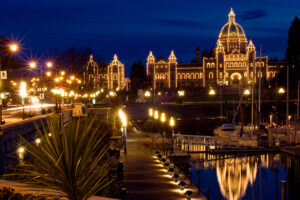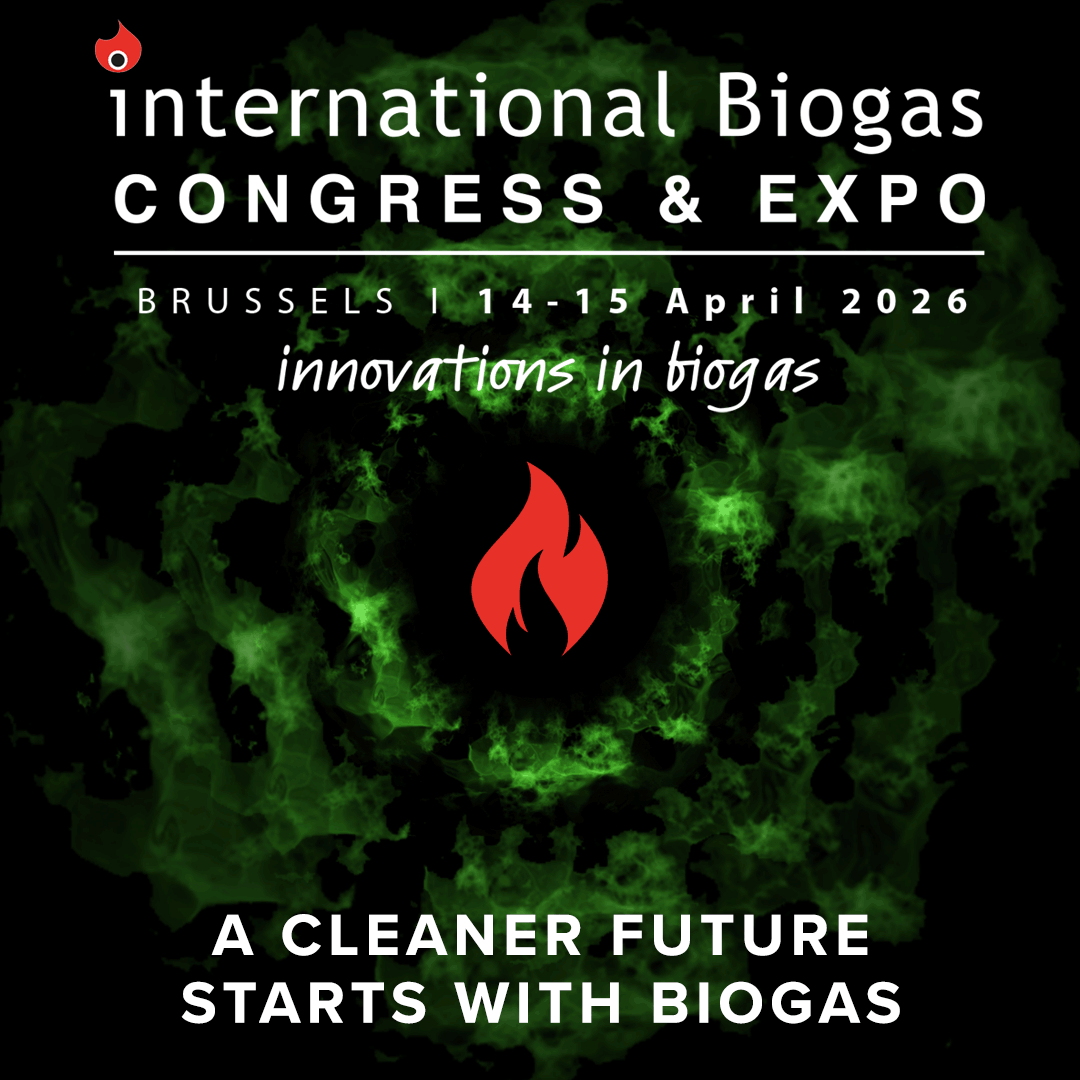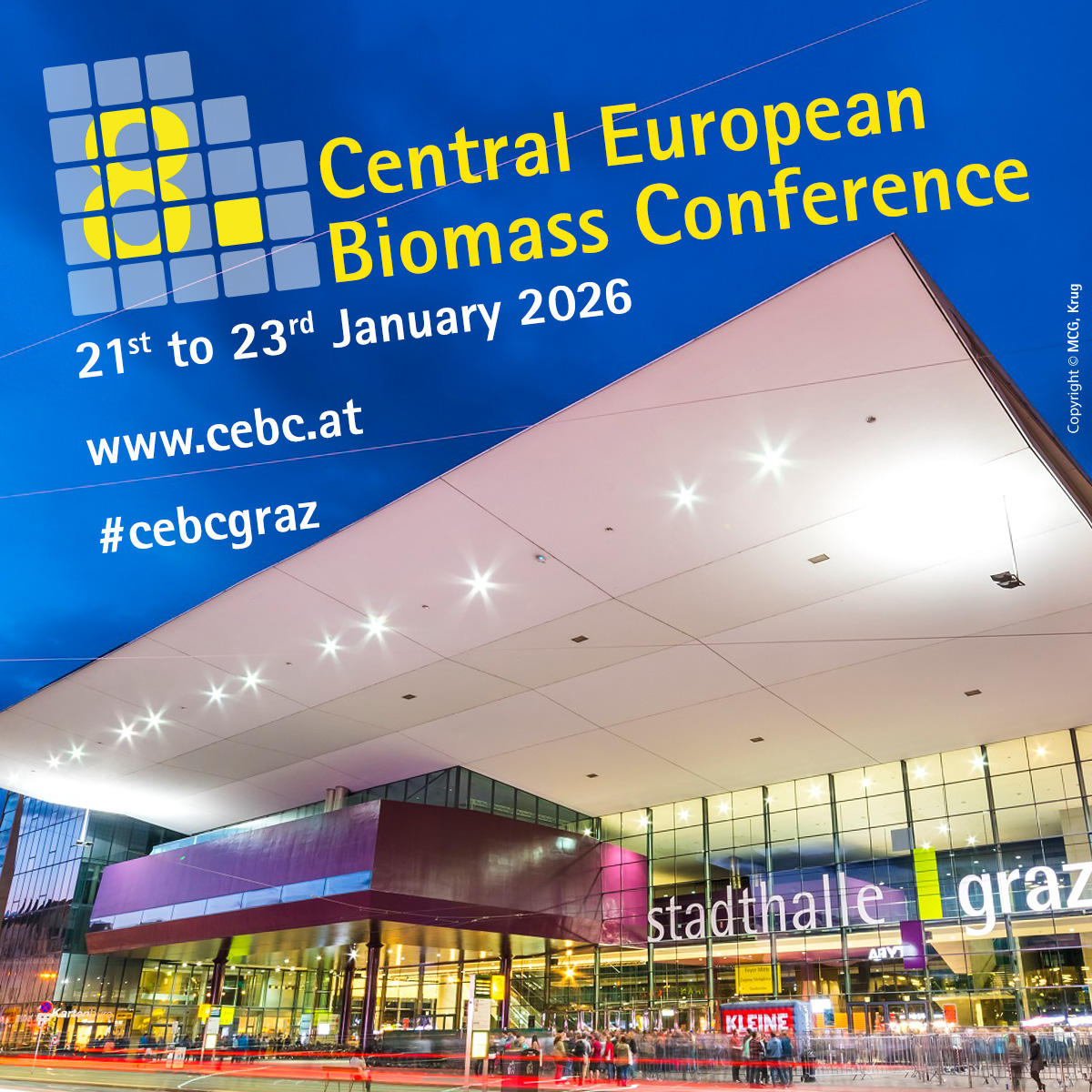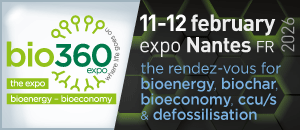Hartland Landfill begins production at Vancouver Island’s first RNG facility

This marks Vancouver Island’s first RNG facility.
First announced in 2020, the nearly $32 million (approximately €29 million) Hartland RNG facility employs Waga Energy’s WAGABOX® technology and is designed to produce up to 360,000 gigajoules of RNG annually.
Over the next 25 years, this is estimated to reduce greenhouse gas (GHG) emissions in the Capital Region by an estimated 475,000 tonnes of carbon dioxide - equivalent to removing the emissions of approximately 105,000 Canadian homes.
The facility captures landfill gas emitted by decomposing waste and injects the upgraded RNG into FortisBC’s gas distribution system.
By converting landfill waste into a lower-carbon energy source, the project supports provincial climate action objectives while demonstrating the benefits of locally sourced renewable fuels in reducing reliance on conventional natural gas.
The RNG facility aligns with the CRD’s commitment to tackling climate change within its operations and across the region. It also highlights FortisBC’s collaborative efforts with local governments to advance renewable and lower-carbon gas solutions.
This is because RNG blends with conventional natural gas in North America’s gas systems. As the share of RNG increases, the need for fossil fuel-based natural gas decreases, contributing to overall emissions reductions.
Waga Energy will operate and maintain the facility on behalf of the CRD for 25 years.
The CRD retains ownership and operational responsibility for both the Hartland Landfill and its gas collection system.
FortisBC will purchase RNG at a fixed price per gigajoule and handle the costs of injecting the renewable gas into its network.
The landfill gas upgrade facility is fully self-funded through revenue generated by biogas sales.
To support the project, FortisBC constructed an RNG interconnection station and a pipeline linking the landfill to its existing gas system. Serving over 460,000 residents, Hartland Landfill currently accounts for roughly 10% of the region’s greenhouse gas emissions.

















